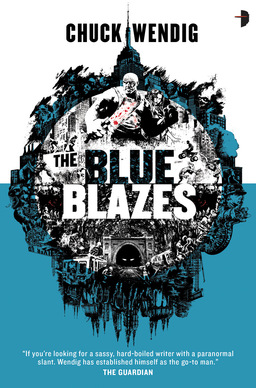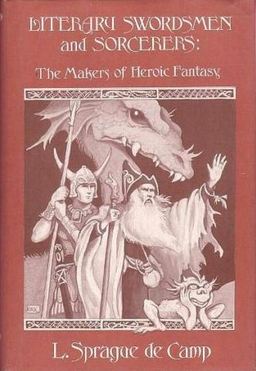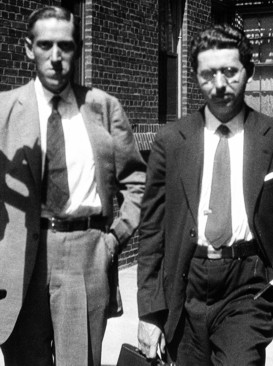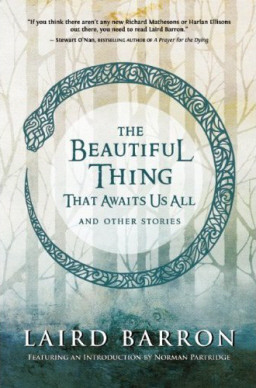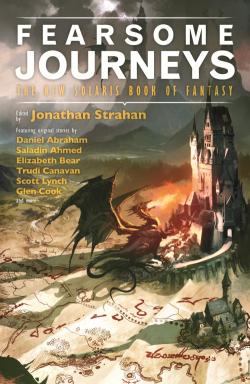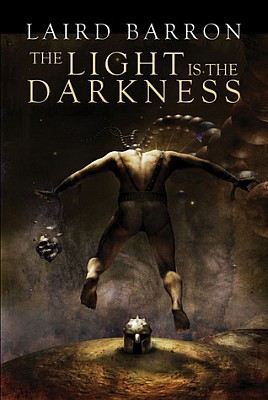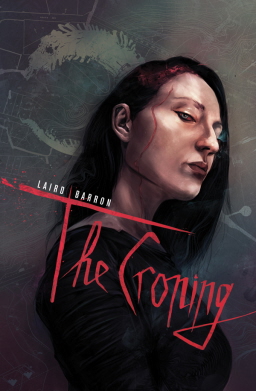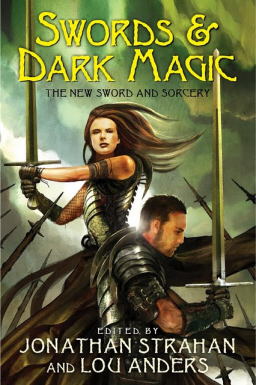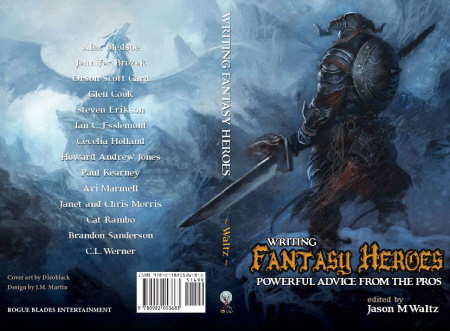A Contagious Love of Fantasy: Lin Carter’s Imaginary Worlds
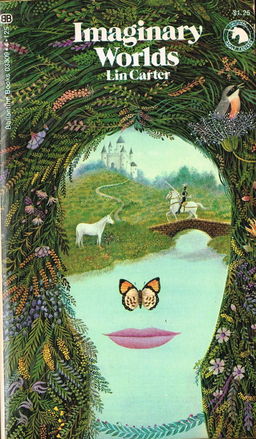 I recently did a review here at Black Gate of L. Sprague de Camp’s 1976 Literary Swordsmen and Sorcerers: The Makers of Heroic Fantasy. De Camp’s book is one of the few histories of the genre of fantasy around, and it is a great and enjoyable book. But it’s not the only one, nor probably the most favored. I get the sense from others’ comments that the Best History of Fantasy title probably goes to Lin Carter’s 1973 Imaginary Worlds.
I recently did a review here at Black Gate of L. Sprague de Camp’s 1976 Literary Swordsmen and Sorcerers: The Makers of Heroic Fantasy. De Camp’s book is one of the few histories of the genre of fantasy around, and it is a great and enjoyable book. But it’s not the only one, nor probably the most favored. I get the sense from others’ comments that the Best History of Fantasy title probably goes to Lin Carter’s 1973 Imaginary Worlds.
Each of the chapters in de Camp’s book is dedicated to a separate writer. But most of the chapters in Carter’s book are centered around themes; in each chapter he examines fantasy writers that explore that theme well. In addition, Carter’s concluding chapters contain advice to authors on how to write fantasy. I found this latter part less interesting.
One of the plusses I pointed out for de Camp’s history was that you could tell he loved the genre. The same must be said in spades for Lin Carter. Carter wrote the introduction for Literary Swordsmen, and I was very excited to read de Camp’s book just on the strength of Carter’s intro. Imagine how enthusiastic I was to get Carter’s own book on the subject! (I’ve also heard that Carter’s intros to the Ballantine Adult Fantasy are fantastic as well.)
Carter’s love of fantasy is contagious. He writes with a real verve for his favorite fantasy authors, books, and tropes. Carter is unapologetic about his love for fantasy and seems completely unaffected by criticisms of childishness or escapism. Given his thoughtful interactions with the genre, he does not come off as a slavish fanboy. Instead, Carter strikes me as an intelligent and committed fantasist. Quite refreshing! I wish he were still alive.
Often when I read or hear other people talk about their favorite authors or books, I make notes for possible future purchases. If you’re setting out for yourself the task of trying to catch up on the great works of fantasy, the many references that Carter gives can leave you feeling exhausted.
But Carter is also good at pointing out what you probably shouldn’t bother with or if you’re only going to read one book by author X, make sure you read just Y. These suggestions are incredibly helpful and lessen your anxiety if you are indeed trying to catch up on the great works. (Speaking of which, I definitely want to get a copy of The Worm Ouroboros by E. R. Eddison. De Camp and Carter both raved about it.)
